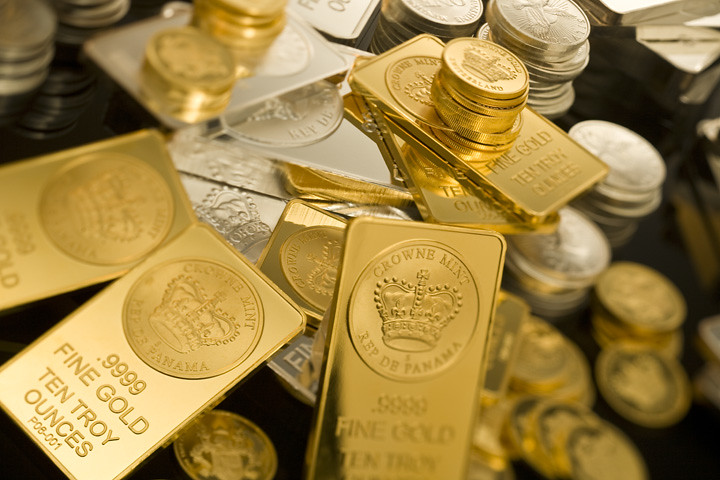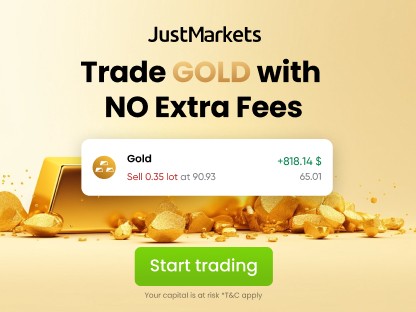Prices Forecast: Technical Analysis
For the daily forecast, Copper is expected to close around $4.68, with a potential range between $4.63 and $4.72. The weekly forecast suggests a closing price of approximately $4.70, with a range from $4.57 to $4.76. The RSI is currently at 48.42, indicating a neutral trend, while the ATR at 0.1235 suggests moderate volatility. The ADX at 18.81 reflects a weak trend, implying that significant price movements are unlikely in the short term. The MACD line is slightly below the signal line, hinting at a potential bearish crossover, but the histogram shows decreasing negative momentum, suggesting stabilization. The Bollinger Bands indicate that Copper is trading near its middle band, supporting the neutral outlook. Overall, the technical indicators suggest a stable price environment with limited directional bias.
Fundamental Overview and Analysis
Copper’s recent price trends have shown moderate fluctuations, influenced by global economic conditions and industrial demand. The asset’s value is primarily driven by supply and demand dynamics, with technological advancements in renewable energy and electric vehicles boosting demand. Investor sentiment remains cautious due to economic uncertainties and potential regulatory changes. Opportunities for Copper’s growth lie in its critical role in green technologies and infrastructure development. However, risks include market volatility, geopolitical tensions, and competition from alternative materials. Currently, Copper appears fairly priced, with its valuation reflecting both its growth potential and inherent risks. Market participants are closely monitoring economic indicators and industrial activity to gauge future price movements.
Outlook for Copper
The future outlook for Copper is shaped by ongoing market trends and economic developments. Historical price movements suggest a stable yet cautious market environment, with moderate volatility expected. Key factors influencing Copper’s price include global economic conditions, industrial demand, and technological advancements. In the short term (1 to 6 months), Copper is likely to experience stable prices with minor fluctuations, driven by economic data releases and industrial activity. Long-term forecasts (1 to 5 years) are more optimistic, with potential growth fueled by green technology adoption and infrastructure investments. External factors such as geopolitical issues and market disruptions could significantly impact prices. Overall, Copper’s outlook remains positive, with growth opportunities outweighing potential risks.
Technical Analysis
Current Price Overview: The current price of Copper is $4.678, slightly below the previous close of $4.678. Over the last 24 hours, the price has shown stability with minor fluctuations, indicating a neutral market sentiment. Support and Resistance Levels: Key support levels are at $4.63, $4.57, and $4.53, while resistance levels are at $4.72, $4.76, and $4.82. The pivot point is at $4.67, with Copper trading just above it, suggesting a neutral to slightly bullish sentiment. Technical Indicators Analysis: The RSI at 48.42 suggests a neutral trend, while the ATR of 0.1235 indicates moderate volatility. The ADX at 18.81 reflects a weak trend, and the 50-day SMA and 200-day EMA show no significant crossover, indicating a stable market. Market Sentiment & Outlook: Sentiment is currently neutral, with price action near the pivot, a neutral RSI, and a weak ADX. The absence of a moving average crossover and moderate ATR-based volatility further support this outlook.
Forecasting Returns: $1,000 Across Market Conditions
The table below illustrates potential returns on a $1,000 investment in Copper under various market scenarios. In a Bullish Breakout scenario, a 10% price increase could raise the investment value to approximately $1,100. In a Sideways Range scenario, a 2% price change might adjust the investment to around $1,020. Conversely, a Bearish Dip scenario with a 5% decrease could reduce the investment to about $950. These scenarios highlight the importance of market conditions in determining investment outcomes. Investors should consider their risk tolerance and market outlook when deciding to invest in Copper. Practical steps include monitoring economic indicators, staying informed about industrial demand, and adjusting investment strategies based on market trends.
| Scenario | Price Change | Value After 1 Month |
|---|---|---|
| Bullish Breakout | +10% to ~$5.15 | ~$1,100 |
| Sideways Range | +2% to ~$4.77 | ~$1,020 |
| Bearish Dip | -5% to ~$4.44 | ~$950 |
FAQs
What are the predicted price forecasts for the asset?
The daily forecast for Copper suggests a closing price of around $4.68, with a range between $4.63 and $4.72. The weekly forecast anticipates a closing price of approximately $4.70, with a range from $4.57 to $4.76. These predictions are based on current technical indicators and market conditions.
What are the key support and resistance levels for the asset?
Copper’s key support levels are at $4.63, $4.57, and $4.53, while resistance levels are at $4.72, $4.76, and $4.82. The pivot point is at $4.67, with Copper trading slightly above it, indicating a neutral to slightly bullish sentiment.
What are the main factors influencing the asset’s price?
Copper’s price is influenced by global economic conditions, industrial demand, and technological advancements. Supply and demand dynamics, investor sentiment, and regulatory changes also play significant roles in determining its value.
What is the outlook for the asset in the next 1 to 6 months?
In the short term, Copper is expected to experience stable prices with minor fluctuations. Economic data releases and industrial activity will be key drivers. The outlook remains positive, with growth opportunities in green technology and infrastructure investments.
Disclaimer
In conclusion, while the analysis provides a structured outlook on the asset’s potential price movements, it is essential to remember that financial markets are inherently unpredictable. Conducting thorough research and staying informed about market trends and economic indicators is crucial for making informed investment decisions.












